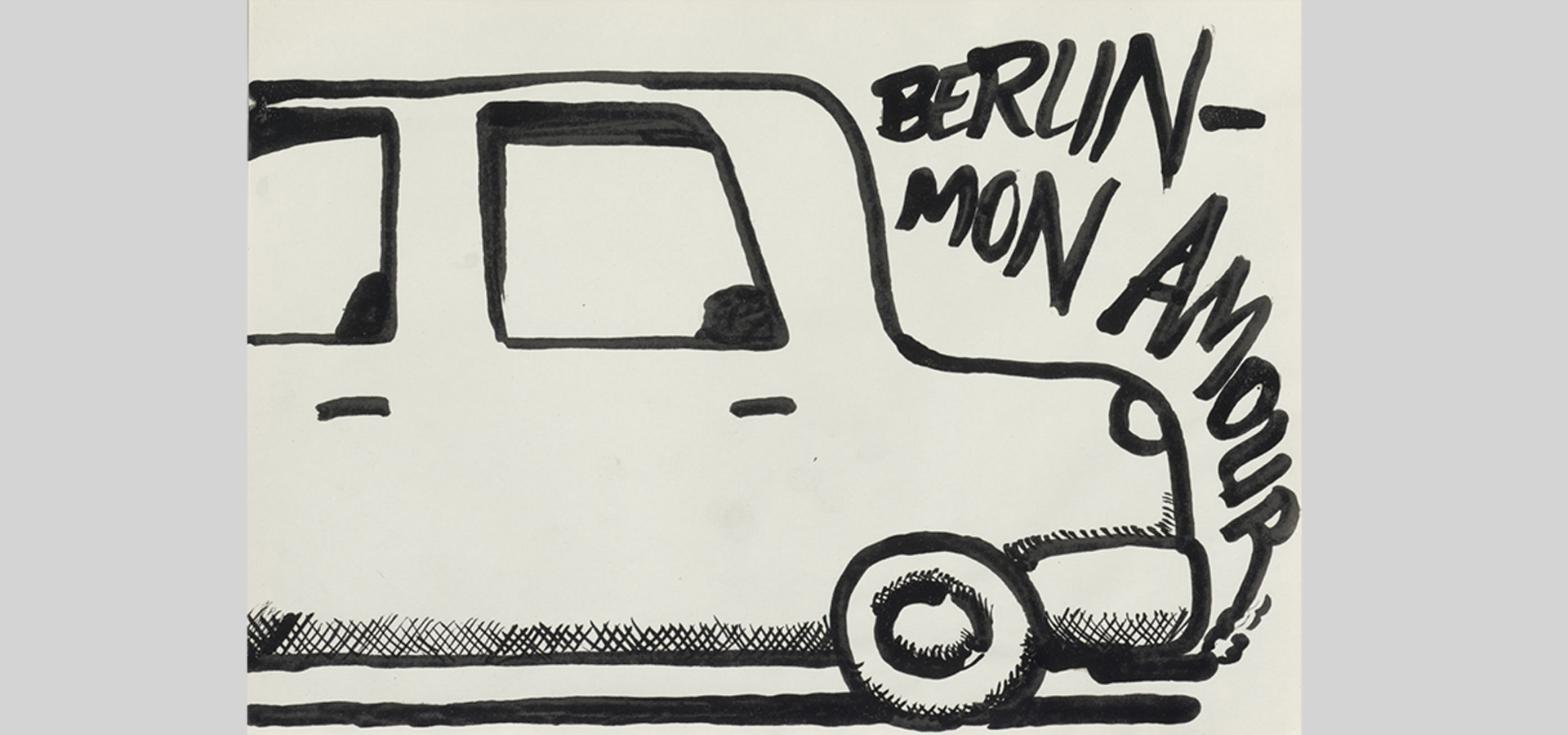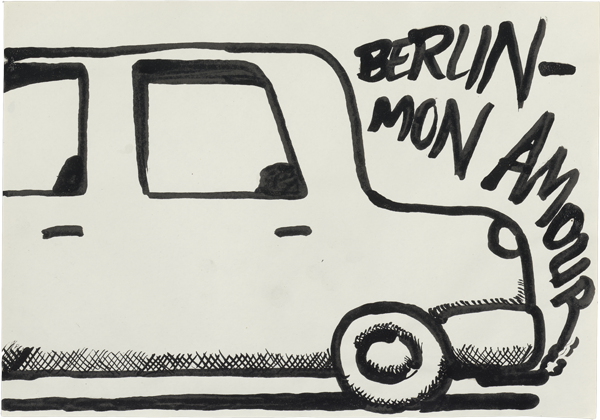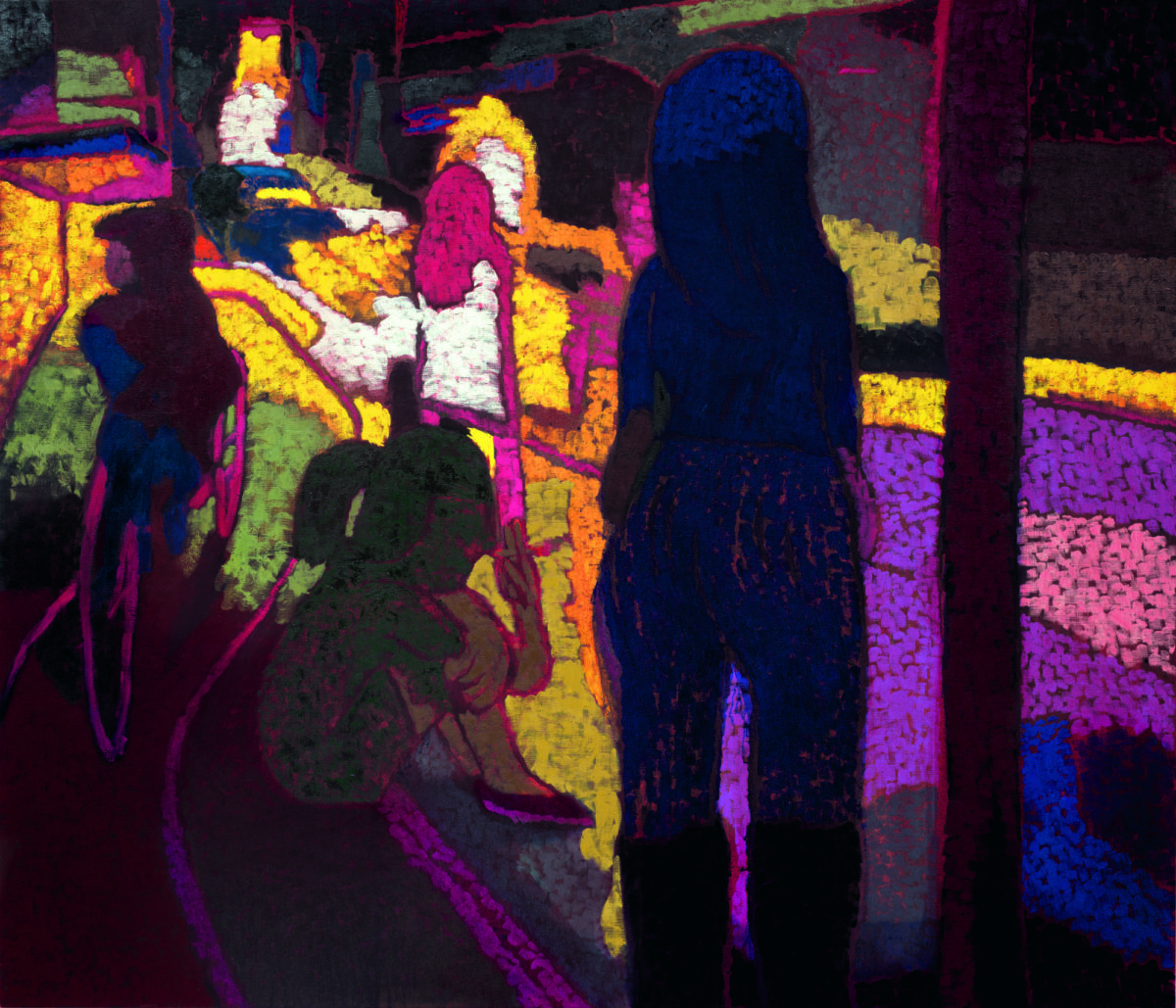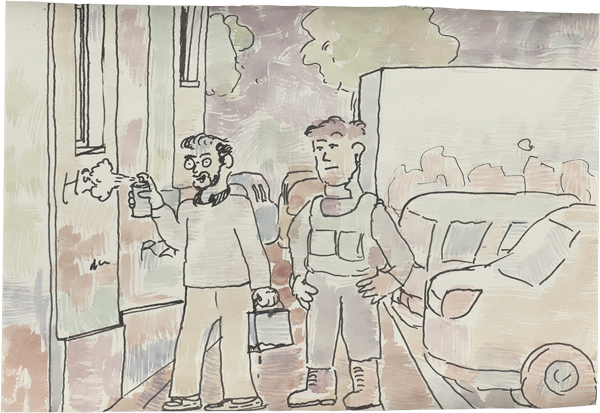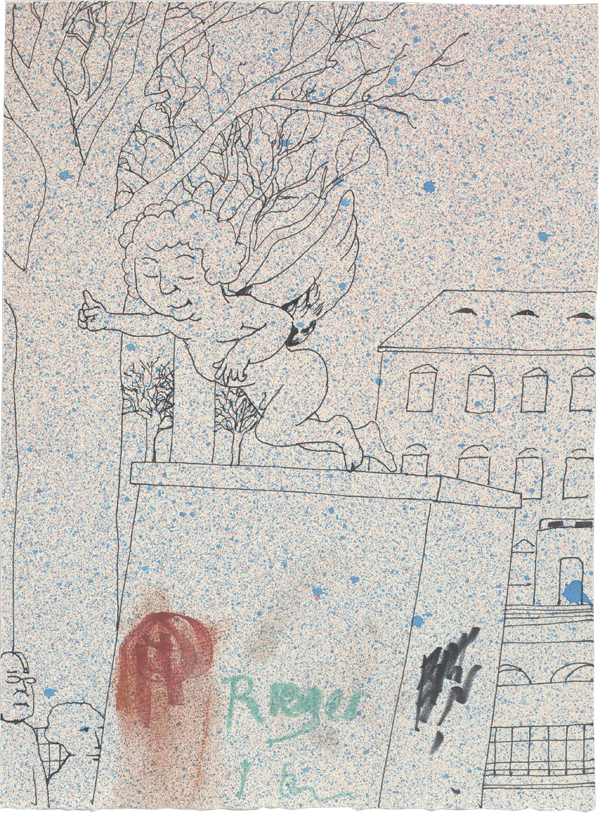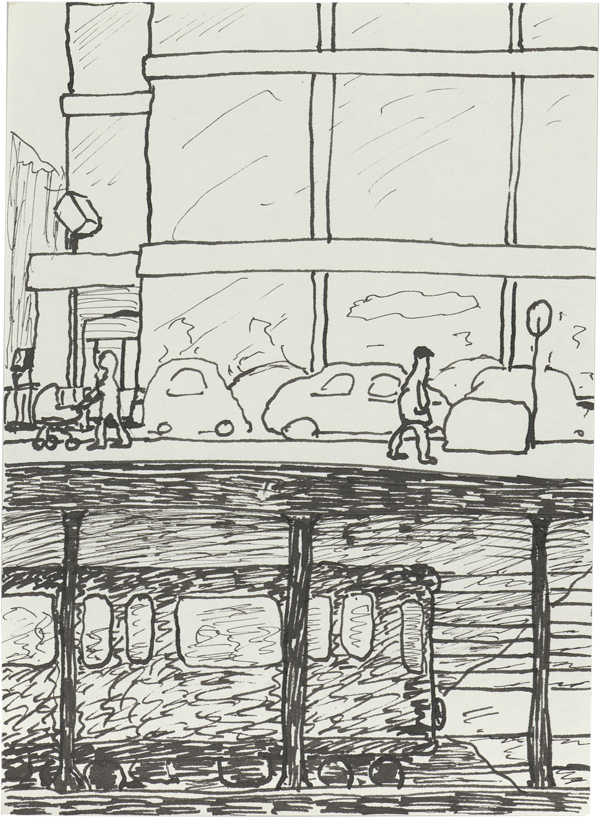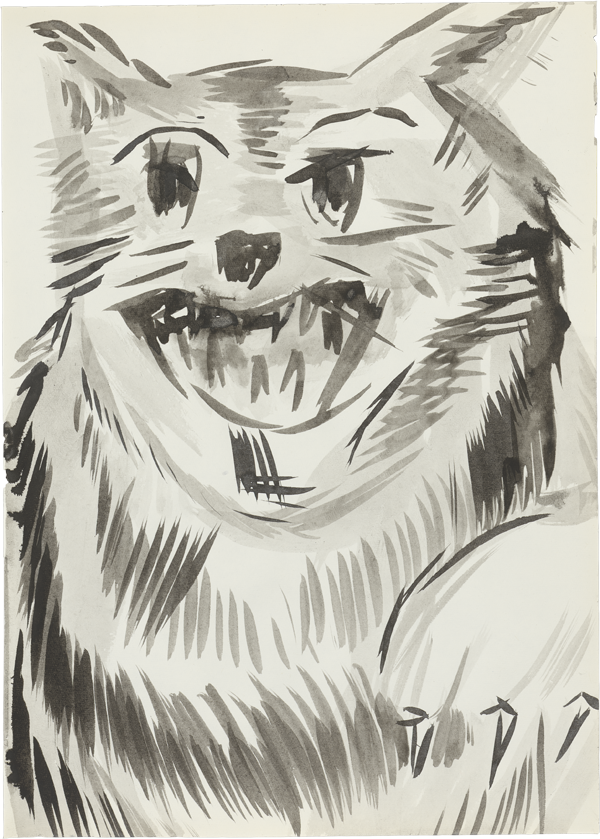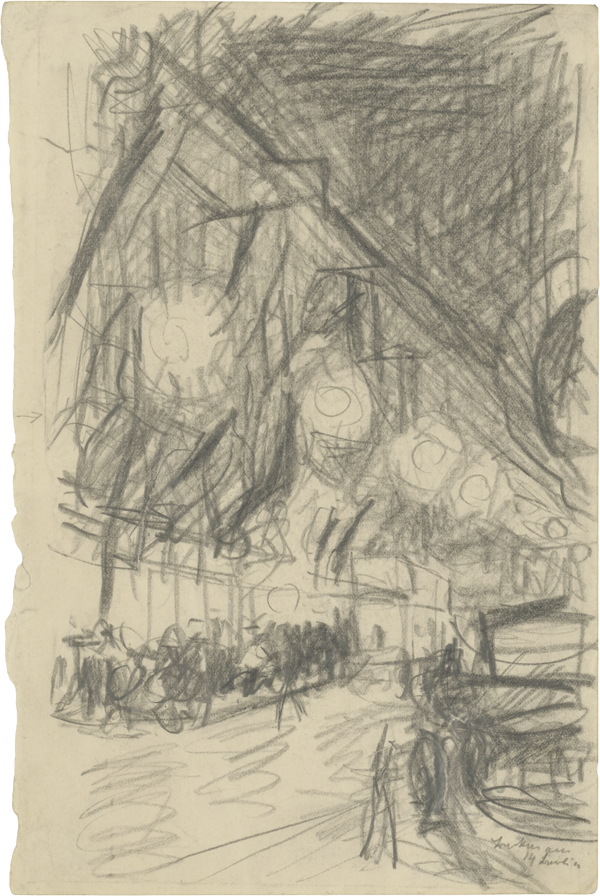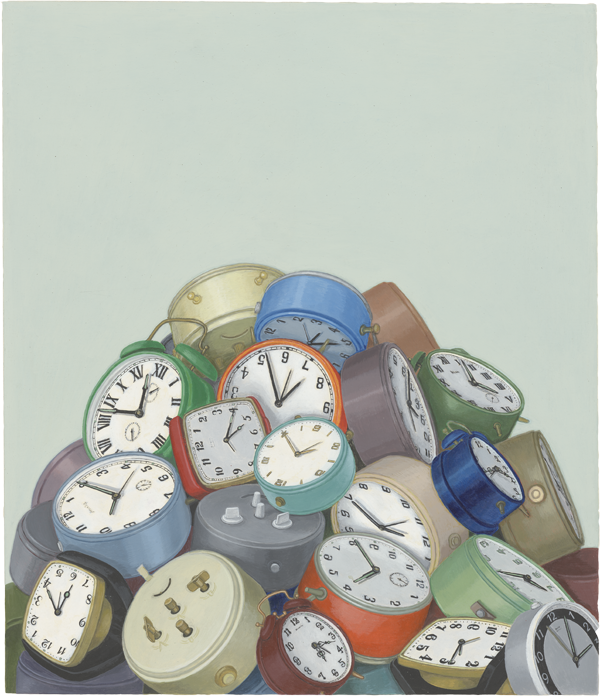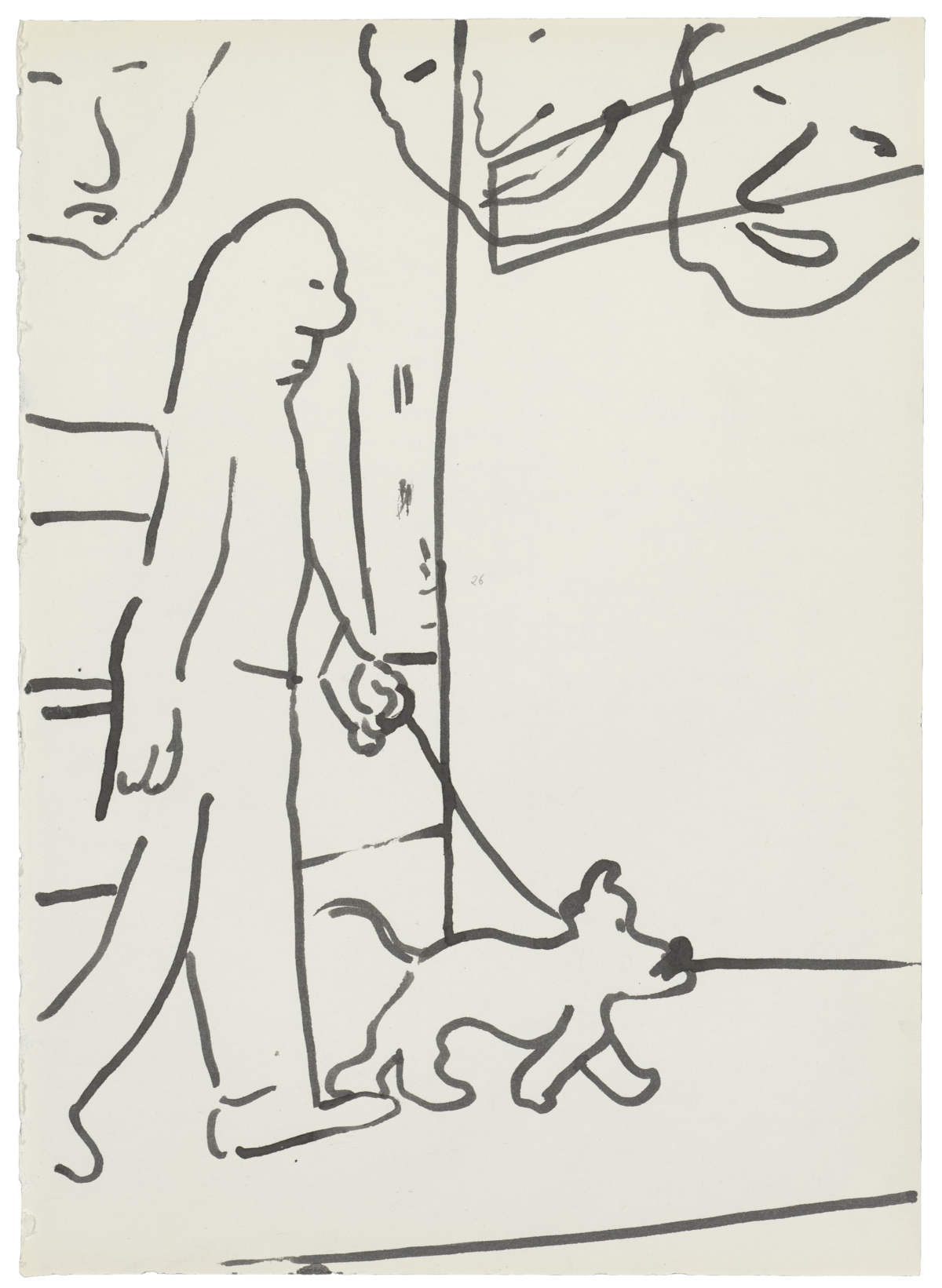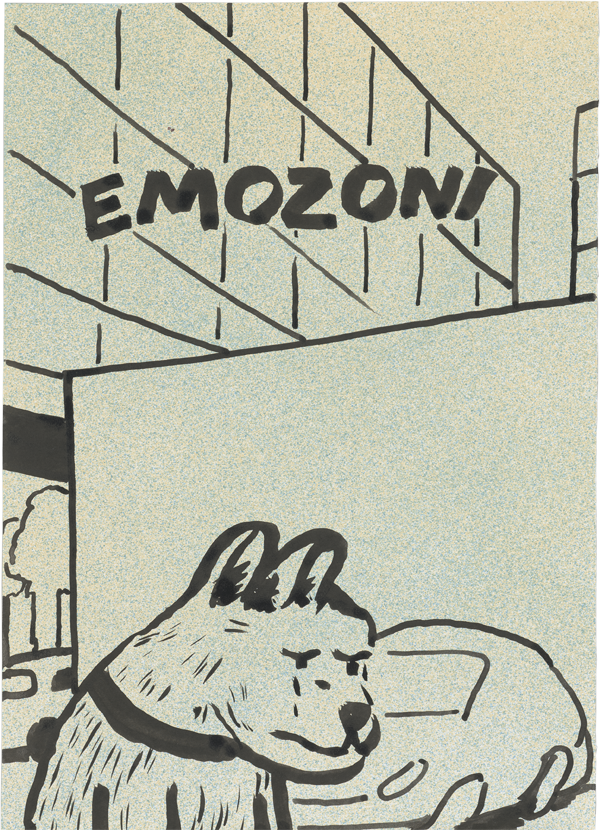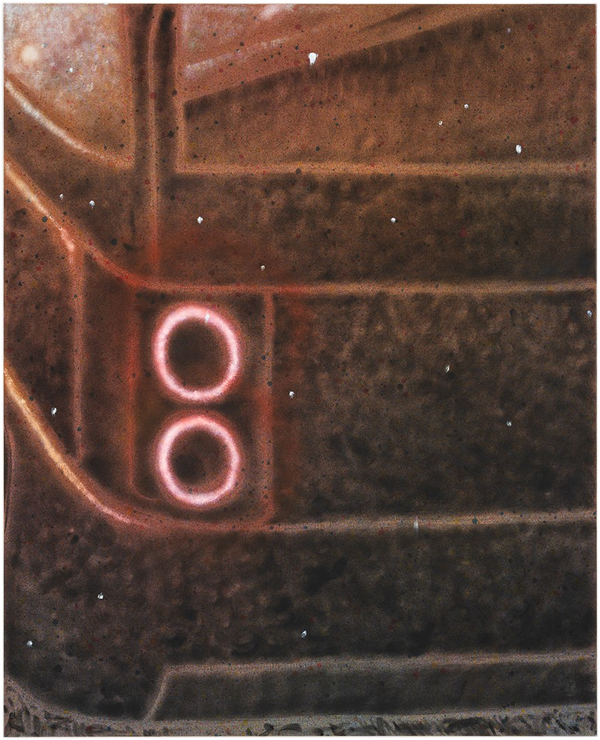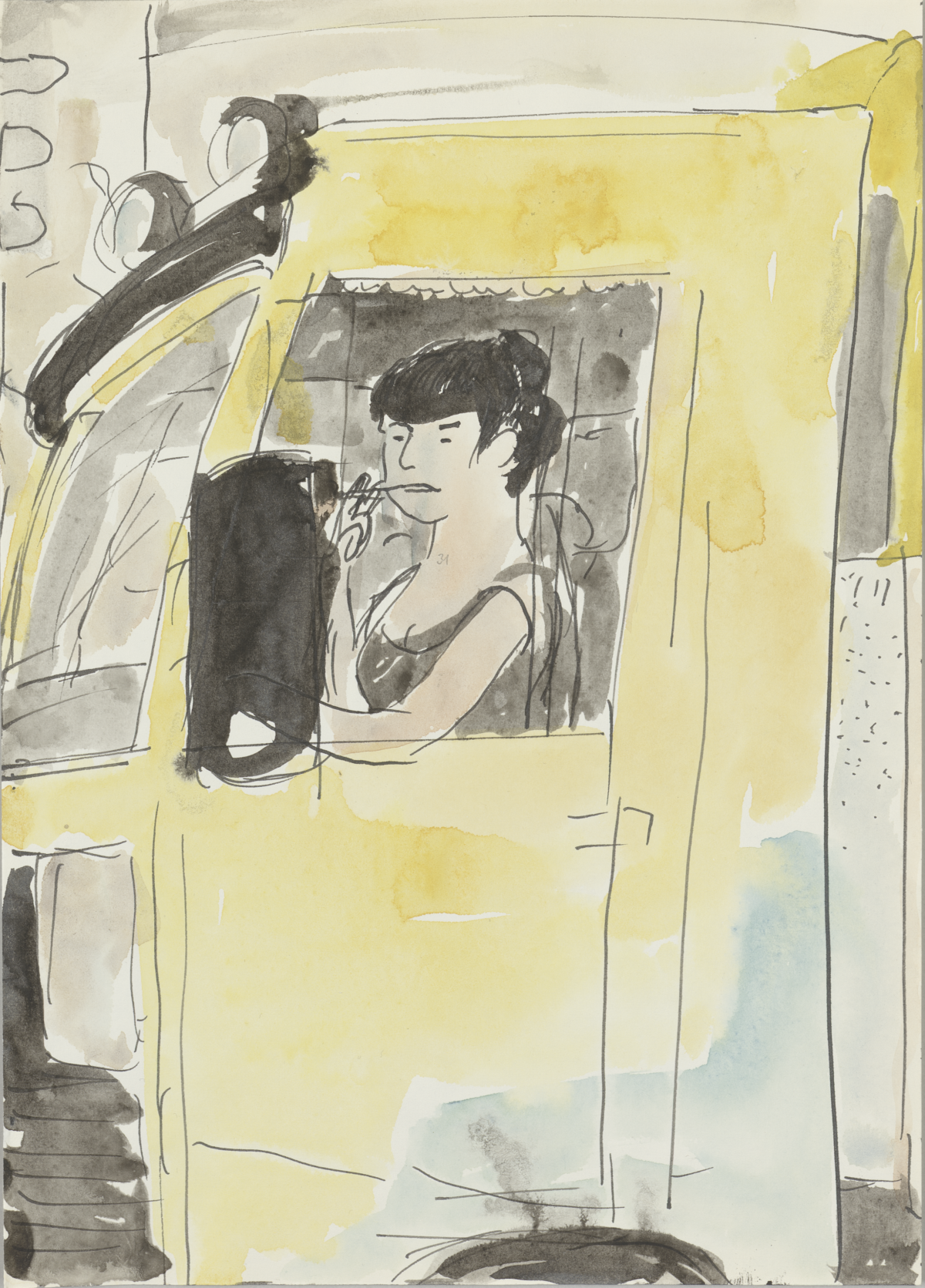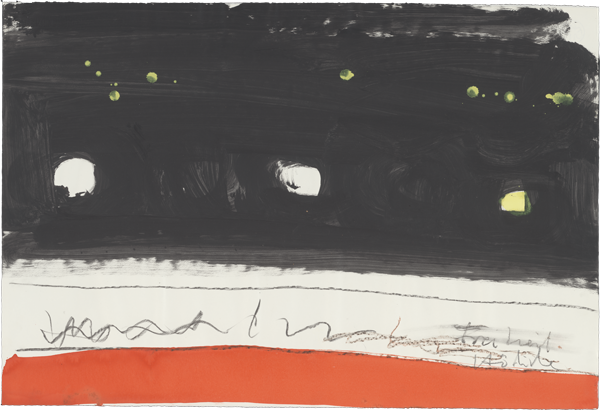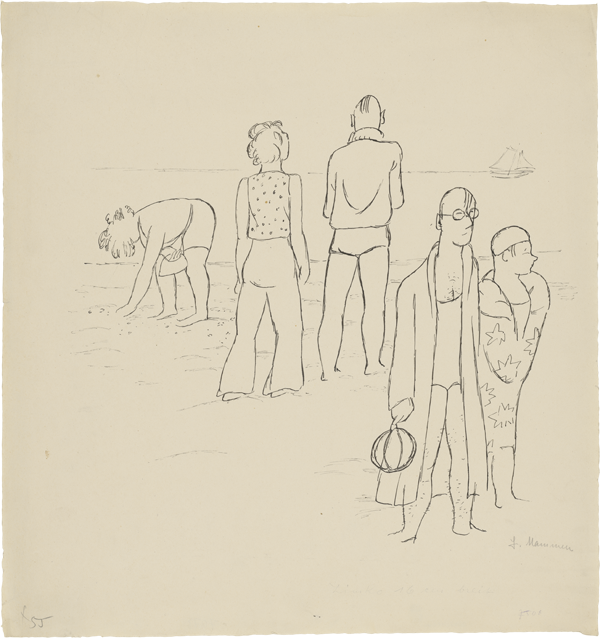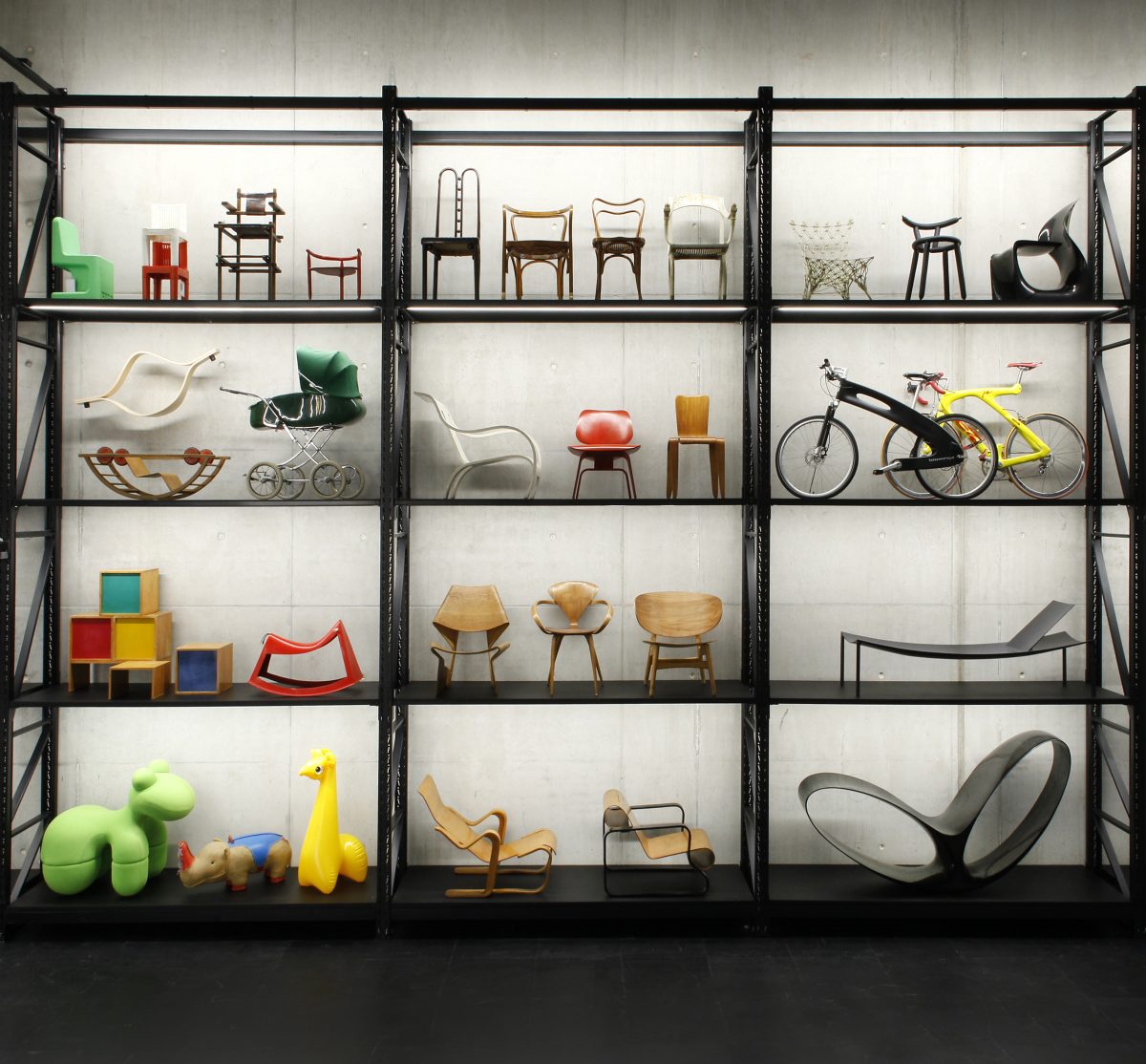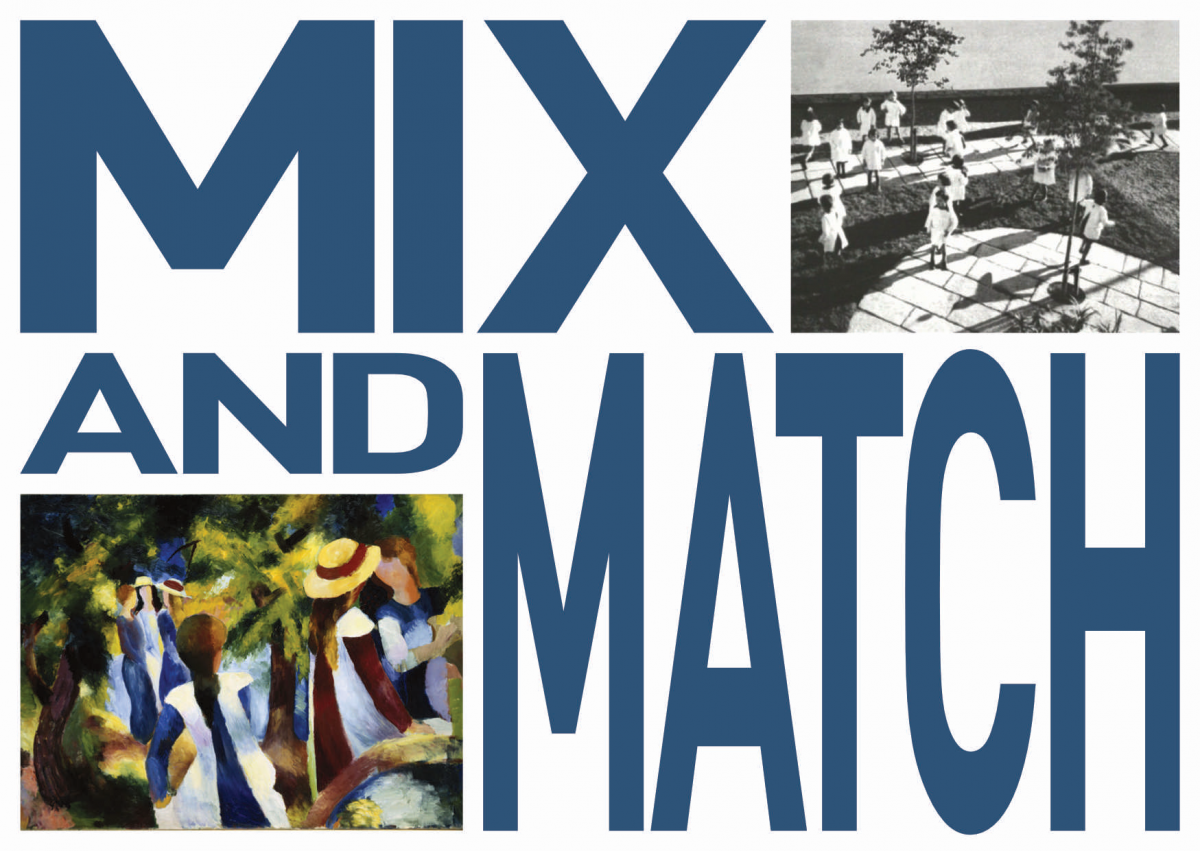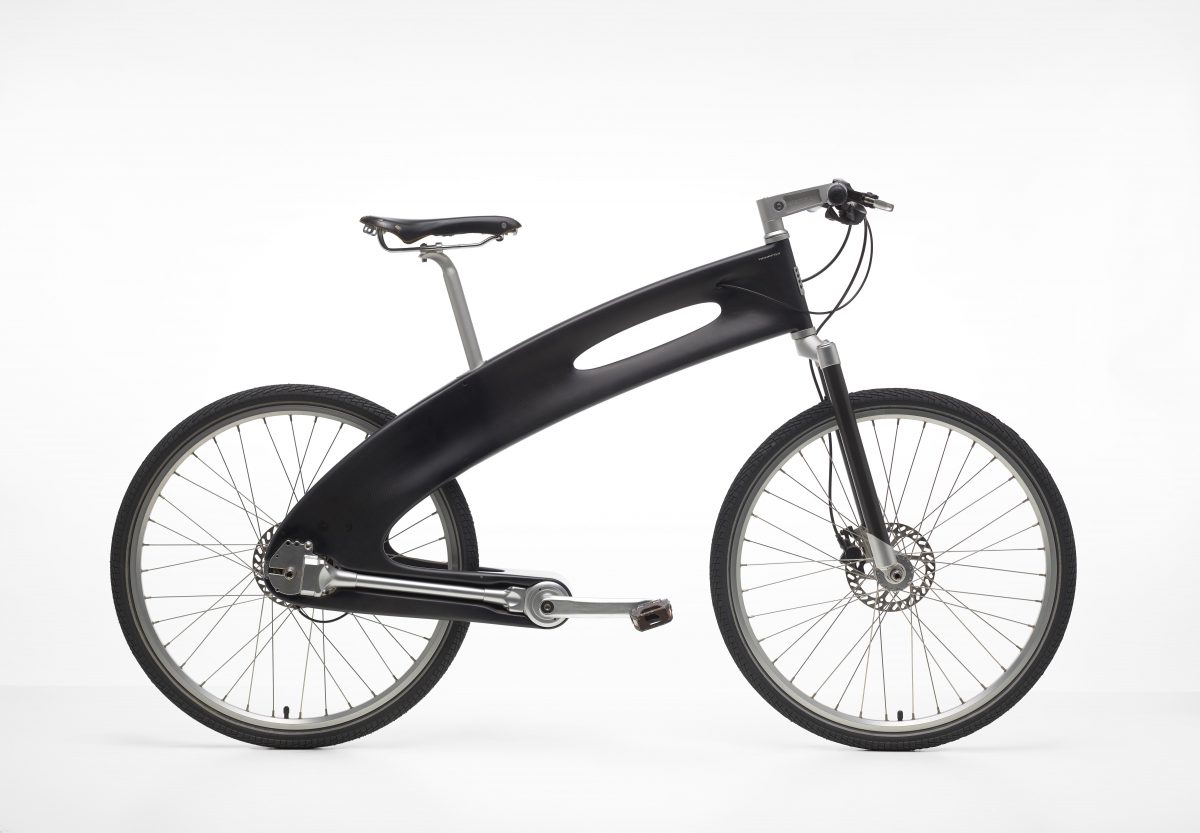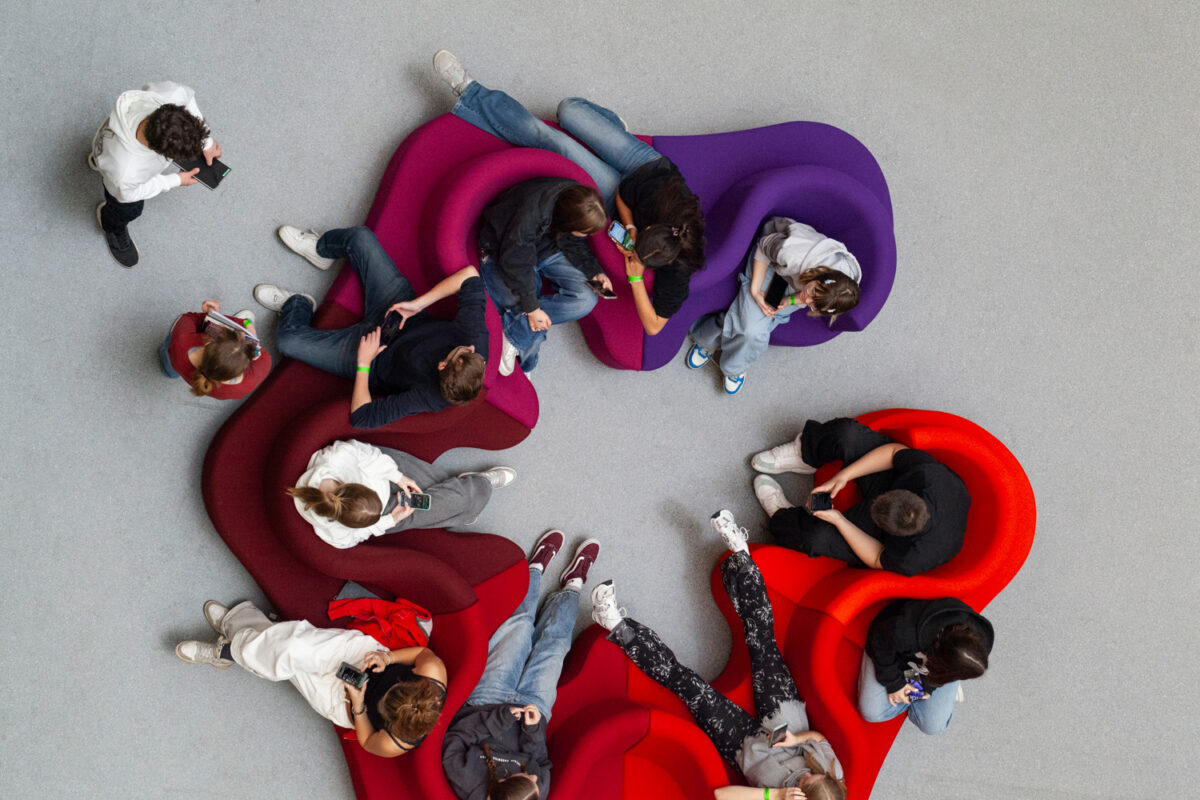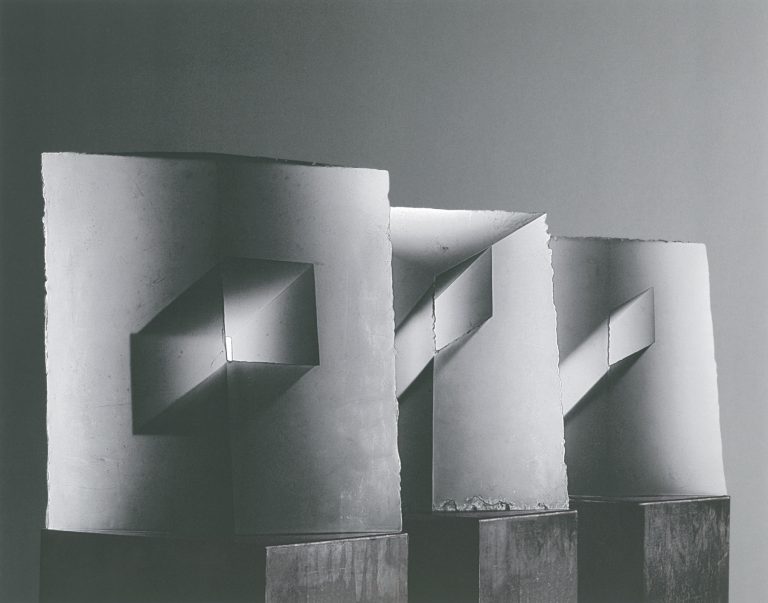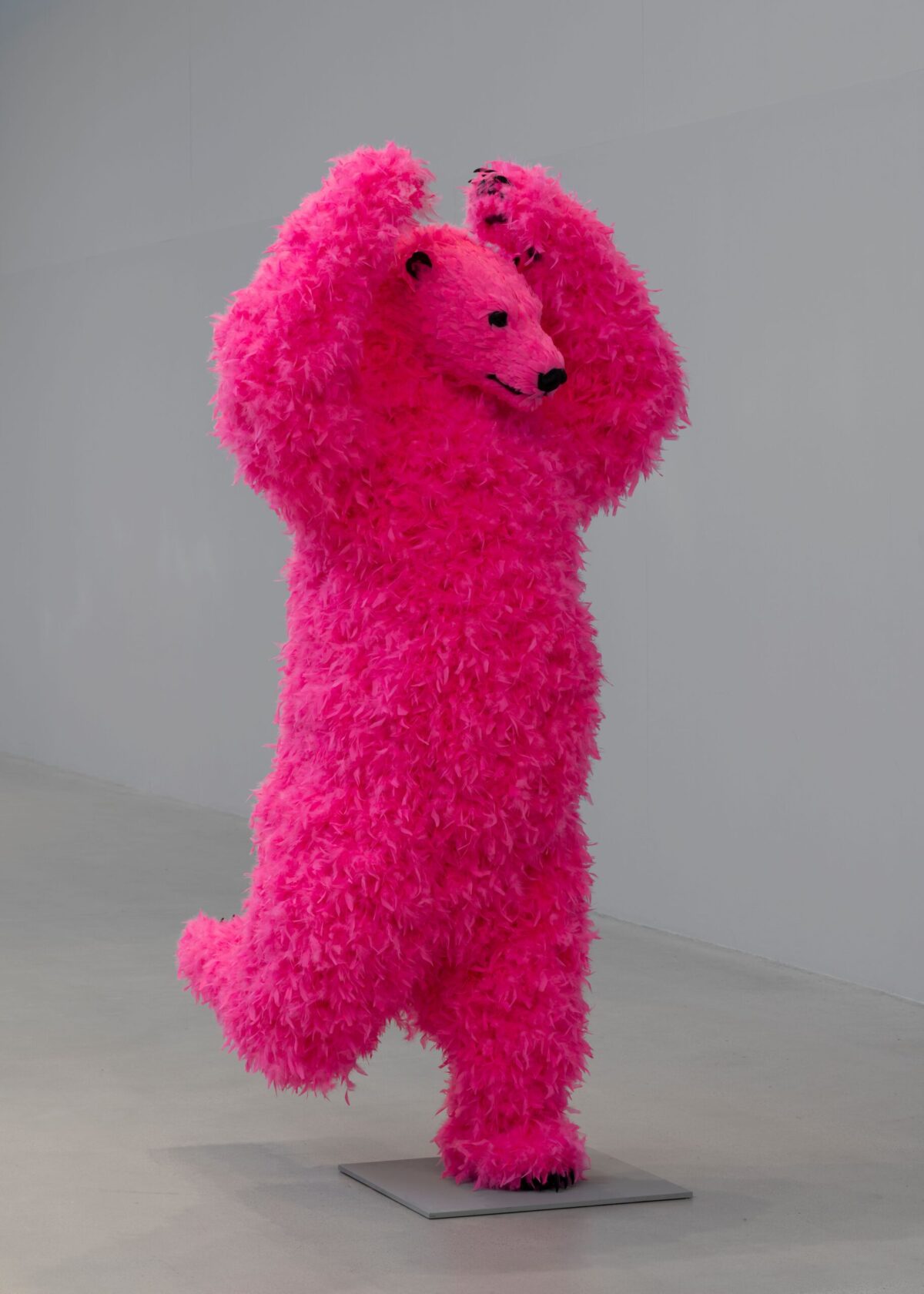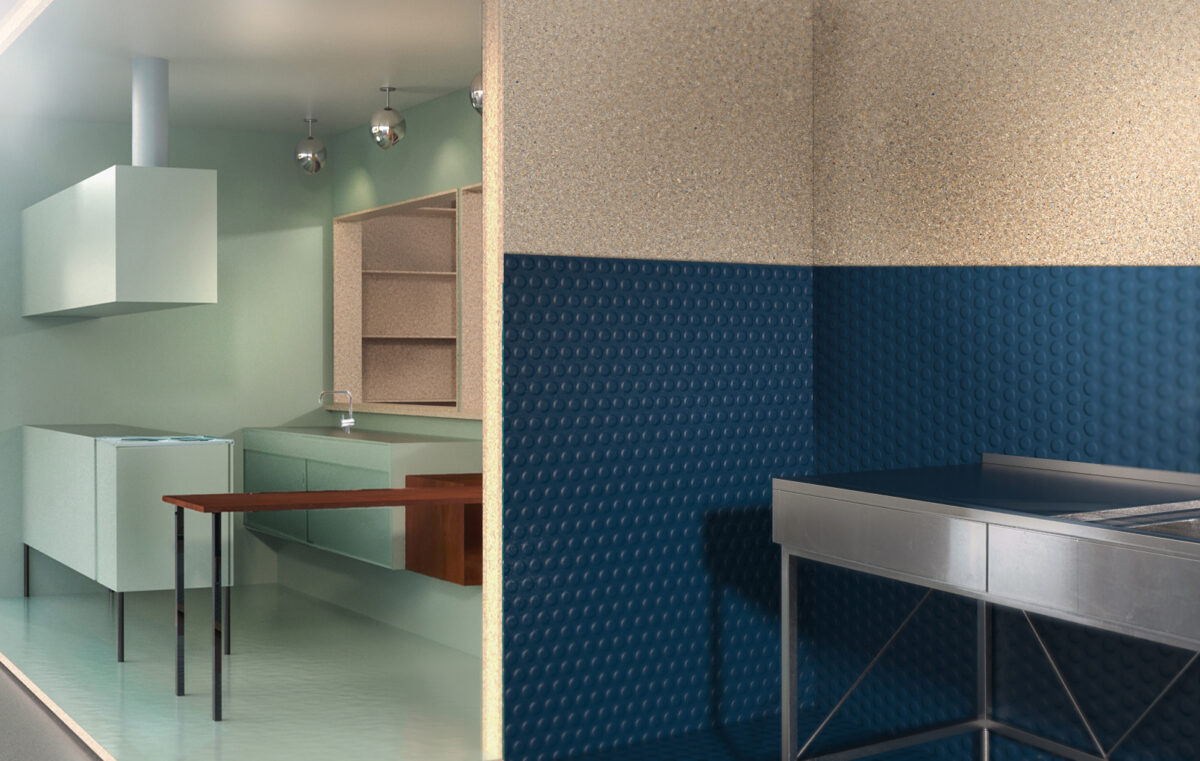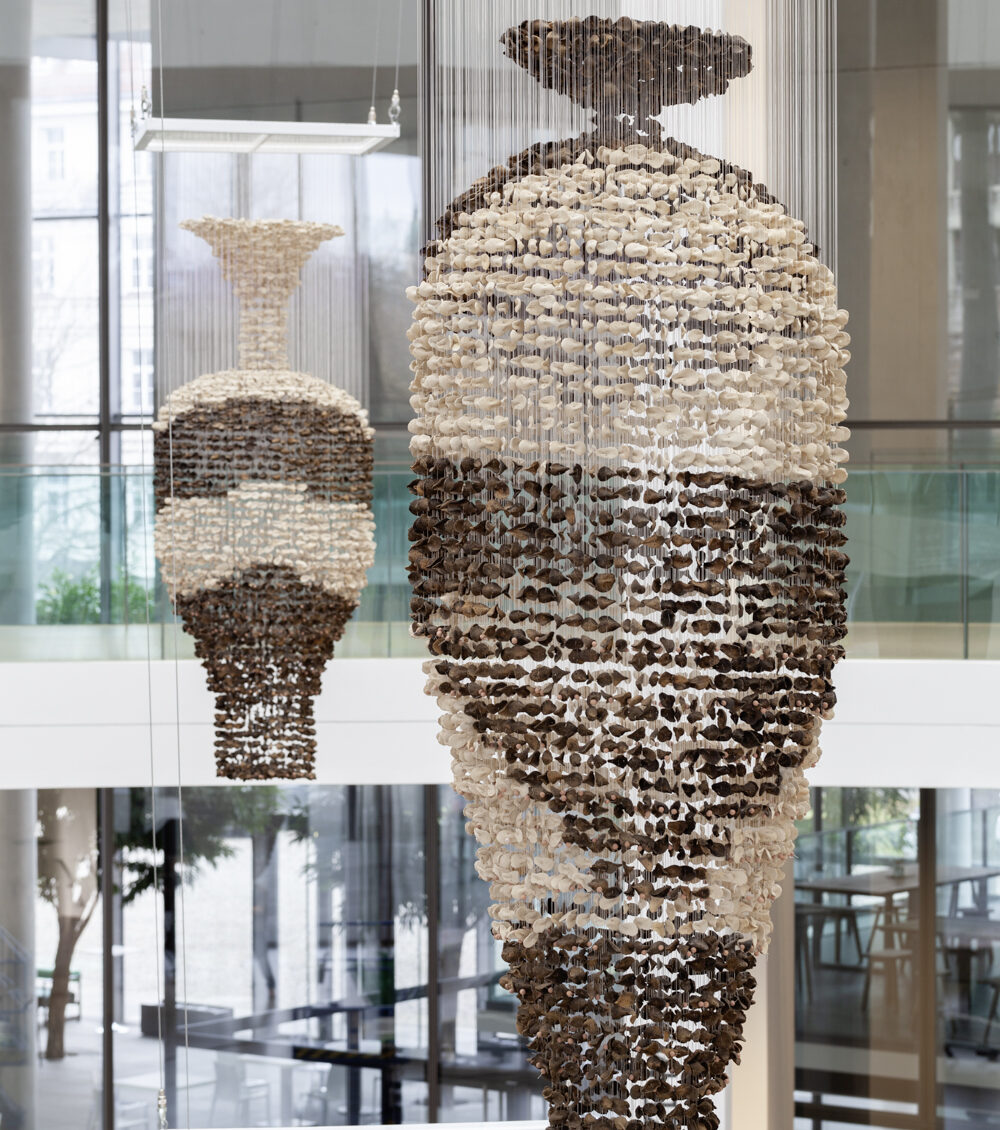ABOUT THE EXHIBITION Maximilian Kirmse – Berlin Mon Amour
Clearly, the phrase Berlin Mon Amour cannot be understood as a light-hearted declaration of love to a big city whose harsh reality is scarcely something to boast about. It is a paradox that carries a provocative contradiction which only makes sense on closer inspection. Berlin Mon Amour refers not to that easy-going attitude to life associated with other metropolises. Instead, it describes a city’s very own zest for life and unbridled vitality, whose sense of freedom and openness to the world stands in stark contrast to paralyzing pettiness and provincialism. It is this joie de vivre and vitality that defies reactionary stagnation and continues to inspire Berlin’s vital spirit of rethinking and reimagining. Drawn by this elixir of life, it enchants those who manage to immerse themselves in it and embark on their own adventure of love with this metropolis on the Spree.
Maximilian Kirmse’s images tell of precisely this more laid-back Berlin rhythm of life, without needing to resort to grand dramas or invent absurd motifs. Far removed from tourist fantasies of the glamorous old West, sleepwalking party people in Mitte or cool hipsters in the gentrified urban landscape of Prenzlauer Berg, his drawings and paintings capture the easygoing way of life in his neighborhood.
Unlike the above clichés, this ordinariness is all the more disturbing because it leaves any sensationalism in the dust and, conversely, holds up a mirror to it. His scenes always seem to be observed from a neutral distance, meaning they can neither be seen as studies of “Milljöh” (i.e. milieu, in reference to Zille’s works) nor as a chronicle of a big city.
Without any respect for academic traditions and ignoring the oppressive idea of progress of the avant-garde principle, Maximilian Kirmse’s work brings together stylistic and aesthetic elements of “highbrow” and “lowbrow” culture in a completely unfettered way, combining them into an inseparable conglomerate that defines his both idiosyncratic and precise style.
Some of his motifs appear lifted from comic culture while at the same time evoking primitivist imagery possibly borrowed from folk art. Last but not least, his tableaux, not unlike a hyper-nervous, colorful, over-excited thunderstorm of flashlights, illuminate a fin-de-siècle attitude to life. These dissonances are a natural part of Berlin Mon Amour’s outlook on life.
However, the curatorial idea of Berlin Mon Amour also presents Maximilian Kirmse as one in the tradition of those artists succumbing to Berlin’s cool charm throughout the 20th century who, like him, had and still have their “own thing” going on with the city, to use a somewhat colloquial expression. They include among others Max Beckmann, Georg Grosz, Jeanne Mammen, Werner Heldt, Christa Dichgans, K. H. Hödicke, Olaf Metzel und Anne Imhof. In this respect, the exhibition title is also an homage.
The tightly focused selection of individual pieces—drawn from a wealth of Berlin-related works from classical modernism to the present day from the holdings of the Graphische Sammlung München—confirms that Berlin has always been more than what we thought we knew at any given moment of time. Viewed in their own right, each of the works presented is a very personal tribute to Berlin. Taken as a whole, they highlight individual snapshots in the city’s history that reflect the multifaceted way of life that can be associated with the metropolis on the Spree.
Berlin Mon Amour is also a journey of quiet tones across the city, in which the everyday, the incidental and the fleeting come into focus. In conjunction with the historical illustrations, Maximilian Kirmse’s view of Berlin thus becomes not so much a conclusion as a prelude to an exciting 21st century for this metropolis.
Michael Hering
Maximilian Kirmse on "Bürgeramt", 2022-23
Anyone applying for a new ID card in Germany still usually has to go to the citizens' registration office and spend some time there. The artist Maximilian Kirmse is interested in such places. For him, the details of their design reveal something about the experiences of the people who spend time there and their significance for society. His observations at the Bürgerbüro Spandau have resulted in a series of works entitled 'Bürgerbüro', which he talks about in our new episode of ONE ON ONE.
-
Video: Magnetic Medienproduktion
Planning your visit
Open today till 6.00 pm
Daily 10.00 – 18.00
Thursday 10.00 – 20.00
Monday closed
Barer Straße 40
80333 München
Sunday admission 1€
Thursday – Saturday 10€
reduced 7€
Day pass (Alte Pinakothek, Pinakothek der Moderne, Museum Brandhorst, Sammlung Schack) 12€
